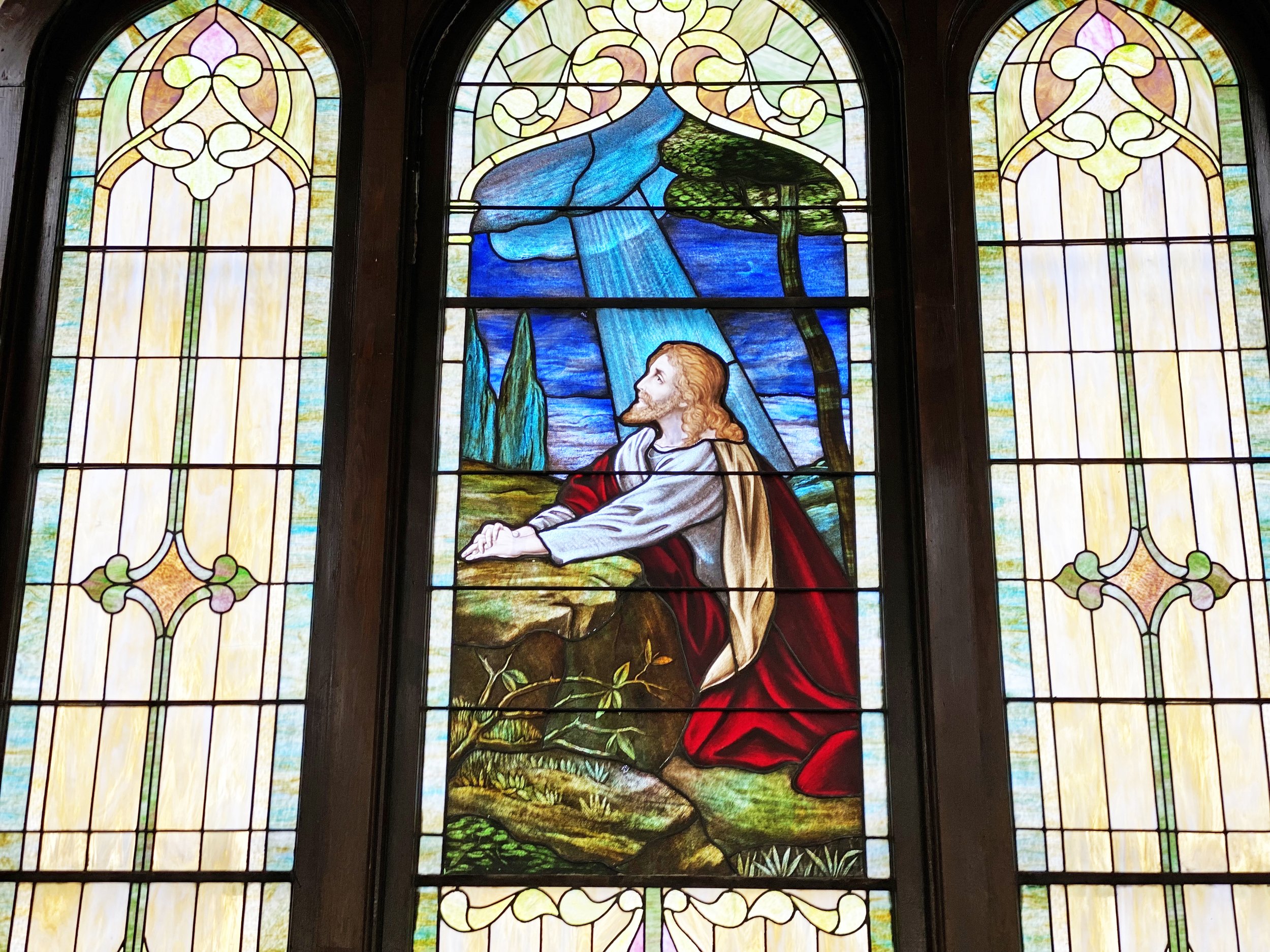
ABOUT
In the early days of Boone County, circa 1834, before towns had formed and fields were still wild, a small group of faithful pioneers gathered in homes to worship, served by young Methodist “circuit riders” who carried God’s word on horseback. In 1849, thanks to George and Elizabeth Wood’s gift of land, Salem Methodist Episcopal Church was built on a quiet hill beside Fishback Creek, with a cemetery that soon held the Woods’ own daughter and a trustee’s son.
Though simple in design, the church quickly became the heart of the community—a place of worship, fellowship, and resilience through hardships, growth, and even the trials of the Civil War. Rooted in devotion and community spirit, Salem has stood as a reminder of God’s presence and faithfulness from those first pioneer days to today.
-
In the early 1800s, Boone County was still wilderness when pioneers from Kentucky, Pennsylvania, and North Carolina settled the area. By 1834, a small group in Eagle Township began meeting in homes for worship, forming what became Salem Methodist Episcopal Church. They were served by “circuit riders”—young Methodist preachers traveling by horseback with only their Bibles and saddlebags. These hardy preachers brought communion, marriages, and baptisms to scattered settlements, sometimes calling farmers in from their fields mid-workday. For 15 years, Salem’s faithful gathered in homes until 1849, when George and Elizabeth Wood deeded land for both a church and cemetery. The first building rose on a knoll near Fishback Creek, with men and women entering through the same door but sitting on opposite sides. Sadly, the very first graves in the new cemetery were those of the Woods’ own young daughter and the son of a trustee, underscoring both the hardships and devotion of frontier life.
As Boone County grew rapidly—Zionsville springing up with the railroad, Abraham Lincoln himself stopping to speak there in 1861—the Salem congregation remained a spiritual anchor. The Civil War raged just states away, yet worship continued in the quiet rural church, with crops and cattle filling the surrounding fields. The original 1849 building was simple but beloved, with straight-backed pews, a high pulpit, and a central stove for warmth. Named after George Wood’s hometown of Salem, the church became a gathering point for worship, social life, and community resilience. Through the challenges of pioneer hardships, the birth of towns, and even the turmoil of a nation at war, Salem stood as a steadfast reminder that God was present then—as He is now—in every season of change.
Rev. 09-29-2025
